The current times we are living are unique not only from a social, economic, and political perspective, but more so from a human perspective, through the hiatus we are being given. A time for reminiscing our existence, for reconsidering the past, present and future and for reconsidering ourselves with respect to a more elusive reality. Beyond every conspicuous aspect of the global crisis, I would like to dwell on the specific aspects of the cultural-artistic segment, which I perceive from a dual perspective: physical and metaphysical. The physical perspective is very clear: cultural institutions being closed down for an indefinite period of time and loss of financial support for cultural projects (with some exceptions). Independent artists remain inside the niche of social repudiation, whereas art – in its various forms – does not play an essential role in the earthly survival of the human species. That relentless and lucid moment in which we become aware that in extreme situations, of life and death, (our) art can wait. Somewhere inside the (physical or psychological) workshop , the metaphysical perspective is instilled, by which we come to question our motivation and undress our approach to its very social conditioning. This process is thus, marked by a relative suffering, a particular loss of certain convictions we thought we controlled so well.
Major changes, represented as knot points on the existential path, are marked by events characterized by suffering, whether it manifests itself as a loss, negative change, social pressure, latent frustration, or physical pain. Suffering represents a common ground which exploration and the redrawing of facets of human identity throughout history bear as an inherent factor of human nature, that recurrently builds and cyclically dissolves the ego and the existence that is viewed as a process. Suffering becomes an essential condition for the reasoning concerned with to be, but maybe even more so for the feeling of experimenting life up to the final consequence.
Contemporary art came to be in a historical period marked by suffering through major social and political changes, with the loss of lives due to the World Wars among the radical consequences. The twentieth century brought essential changes in how humans relate to the world and to themselves, developing through existentialist philosophical perspectives artistic pursuits that place humans as central decisional landmarks in society and, why not, in the universe. Living God-less life, man fights with his own kind and with himself, experiencing a rather sadomasochistic solitude in which suffering becomes the only reference to an authentic existence, playing a transgressive role for a tangible evolution.
The end of the twentieth century and the beginning of the twenty-first century picture a perfect, digital reality, predicting an advanced future through artificiality and technology. Philosophical movements, such as posthumanism and transhumanism – a natural extension of existentialism – putting forward concepts that deepen the idea that humans are the only ones entitled to make decisions in regards to their own fate, in a future where they upgrade their body through surgery and on a DNA level in order to control their physical and psychological characteristics, considered to be ideal for a life without suffering.
The development of psyche and consciousness broadened the concern of humans beyond the reproductive purpose of the species and the transmitting of genes to new generations, expanding it towards experimentation and reflection upon the world and more so towards its own shaping. What started as humanism, a thoughtful concern for human nature and individuality, transformed into transhumanism – a pursuit to revolutionize humans through advanced technologies.
An important concern in transhumanism, stated by David Pearce, is to eliminate suffering from human existence, considered to be the result of the chemical balance in the brain, asserting that humans were not created to be happy, and are thus suffering from an anxiety and resentfulness specific to a behavior based on survival, not plain living. The evolution of the species has determined a change in lifestyle and the disposal of certain struggles within the survival act. However, human nature, endowed with a hunter and conqueror mentality, hasn’t changed, that anxiety, aggressiveness and jealousy, which in earlier historical timers were useful in coping with extreme situations, now lead to depressive episodes. Pearce thus asserts that with new technologies we can improve our genes, establish from birth specific biological and mental traits – which would subsequently shape the personality and social evolution of the individual, the so-called genetically improved humans, with much lower chances of developing mental and physical ailments. An individual that would thus suffer less, even though the idea of absolute happiness still remains idealistic in a society of maximum prosperity. These alterations and mutations on a morphological level, related more to the surface and exteriority of the human characteristics, are dissociating from the concept of finding harmony through spirituality and subscribing only to the improvement of what is perishable.
No matter how hard we try to eliminate suffering from our existence, it has become essential to the progress of the human species and, moreover, in the forms of artistic expression. Visual art presents itself as an extension and at the same time as a reflection on the ontological and social changes of humanity, developing provocative approaches to humanity, about human nature, about the world they constantly build and destroy, in order to reconfigure it.
Any form of suffering, even a minor one, characterized only by exiting a comfort zone, or by an anguished insecurity, creates a fertile ground for experimentation. We can liken the current quarantine situation (global social distancing) to a difficult, crisis-like, critical moment, in which the status of art and artistic production suffers socially and economically, but can thrive on a human, metaphysical level, seen in the way artists face an unprecedented situation in the context of the modern era. Perhaps “active” would be a better word instead of “constructive””, more like a living confrontation with a state of absence, of silence, of emptiness. The fear of emptiness masks the fear of death. As long as we produce tangible objects, we face the fear of emptiness, we unconsciously revolt in the face of death, of the unknown.
The historical moment we are witnessing today will certainly determine some changes at the societal level we are used to, reconfiguring our reality. Artists adapt to the new coordinates, incorporating in their experiments social aspects of the contemporary context, or even completely reconsidering their artistic approach.
A new chapter opens when it comes to artists finding the solutions to continue their creative activity. Whether it stays offline in the privacy of a workshop or the artist’s own home, orit is presented online, the artistic process finds ways of survival that can still be explored and experimented even after this period ends. It primarily questions mental and spiritual survival not necessarily pertaning to physical survival, it is the very process of shaping, further validating the meaning of existence and the motivation to move forward.
The online world hosts artists’ work in progress, from unfinished workshop pieces to entire exhibitions (both from major museums around the world and from experimental and commercial galleries), as well as digital projects designed specifically for virtual platforms. We’ve entered a state of “cultural survival”, where the online space bypasses the national and international art scene. Artists have been keepingvisual journals with text insertion about the quarantine period (White Cuib: Dan Perjovschi, George Roșu, Magdalena Pelmuș, Alina Andrei, Cosmin Haiaș, Ana Kun etc.), they concieved digital exhibitions presented on web platforms: the project ASEPTIC. Meeting in a Safe Space, curated by Horea Avram and Adrian Grecu (artists: Mihai Zgondoiu, Ciprian Ciuclea, Adela Muntean, Cătălin Burcea, Alexandru Antik, Tăietzel Ticălos, Gheorghe Rasovszky, Nicoleta Mureș, reVoltaire, Alexandru Patatics, Mihaela Kavdanska, Adrian Grecu , Diana Gheorghiu, Andu Dumitrescu, 13m10j.) and created – either in an ironic, dramatic or purely ascertaining key – new works inspired by the coordinates of the current crisis situation: Aurora Kiraly, Alexandra Pirici, Bogdan Vlăduță, Andreea Medar, Alexandru Rădvan, Sasha Bandi, Irina Dumitrașcu Măgurean, Lea Rasovszky, Bogdan Armanu & Silvia Amancei, Iulia Toma, Răzvan Boar, Miklos Onucsan, Hortensia Mi Kafchin, Floriama Cândea and many others.
E T A J artist run space continues to roll and showcase projections from the location’s windows, visible from the outside, from the public space: the Log out 2.0 project (artists: Mircea Modreanu, Mihai Zgondoiu, Ruxandra Tudoran, Vlad Dinu, Mattioli Marta, Dogioiu Dragoș Ion, Alexandra Dimache, Ioana Popescu, Pastila roz and others) and carries out the online project Măcar odată pe Lună/At Least once on Moon – the romanian word for moon and month is the same – (artists: Andrei Tudoran, Ruxandra Tudoran, Dumitru Gurjii, Radu Cărnariu, Radu Pandele, Mircea Modreanu, Radu Nastasia, Răzvan Țupa) – an ironic approach to art exhibition in outer space if this becomes no longer possible on Earth.
Recently, two important collaborations have emerged to promote local contemporary art in the virtual space, namely ALIAJ and Exhibition continues. ALIAJ represents a collaboration between four artist run spaces from Bucharest: Alert studio, Atelier 030202, Diptych Art Space, E T A J artist-run space, and Exhibition continues, a cooperation on social networks between eleven Romanian galleries from Bucharest, Cluj-Napoca, Timisoara and Berlin: Anca Poterașu, GAEP, H’Art, Jecza, Mobius, Plan B, Possible Gallery, Sabot, Sandwich, Sector 1 and Suprainfinit. Contemporary art is currently being promoted in this space of pseudo-presence, namely the online, which is emerging as the only cultural promise of a return to “normal”, or at least to a bearable reality. Thus, we face a period in which, more than ever, our endurance and ability to reconfigure ourselves to survive mentally and artistically is tested, the present becoming an existential challenge in authentically continuing a path we chose from the beginning, as being unpredictable.
Although transhumanism and posthumanism imagine and promote a projection of a futuristic reality that can only be perfected from a biological perspective (by artificial, digital means), this imperfect present that we all experience demonstrates that human adaptability in extreme conditions, marked by suffering, contributes to a reinvention and a progress that is not hindered by our perishable condition, on the contrary, it is potentiated by it. One of the obsessions of the 21st century man is progress through technology, seen as a new means of improving and even prolonging life. Digital is not just an extension of our existence, but is inserted at the deepest level in today’s society. Contemporary art assimilates the new technologies and existential coordinates of man incredibly quickly, becoming an interpretable interface of his reality. In the current context, the digital and the online environments have facilitated and promoted the creative process and the works of artists to the recipients. Thus, contemporary art proposes an assumed position through which it places the artist in the position of reimagining the world through a process that starts from within and offers a critical commentary both on the human intimate consciousness and on its external world in which man continues his existence. It begins with life and is life, with death always in a latent subconscious.
* Text written in the light of current events, born out of my personal research in the doctoral thesis entitled The human body as image and instrument in contemporary art. Identity aspects from existentialism to transhumanism.
POSTED BY
Ada Muntean
Ada is a Graduate of University of Art and Design in Cluj-Napoca and has a PhD in Visual Arts (2019), conceiving a research thesis entitled "The Human Body as Image and Instrument in Contemporary Art....
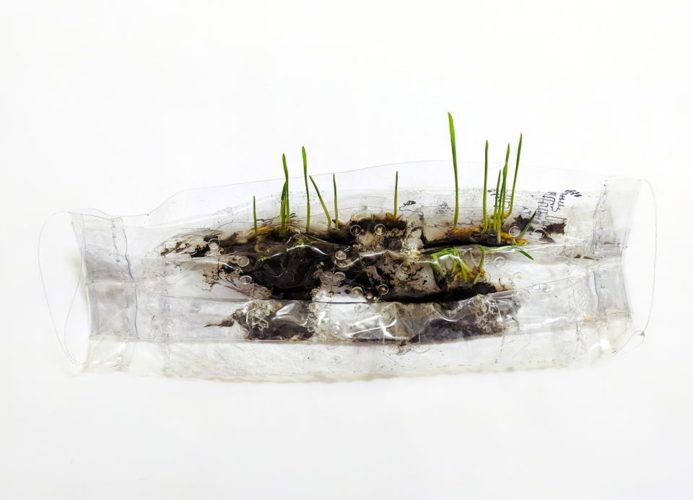
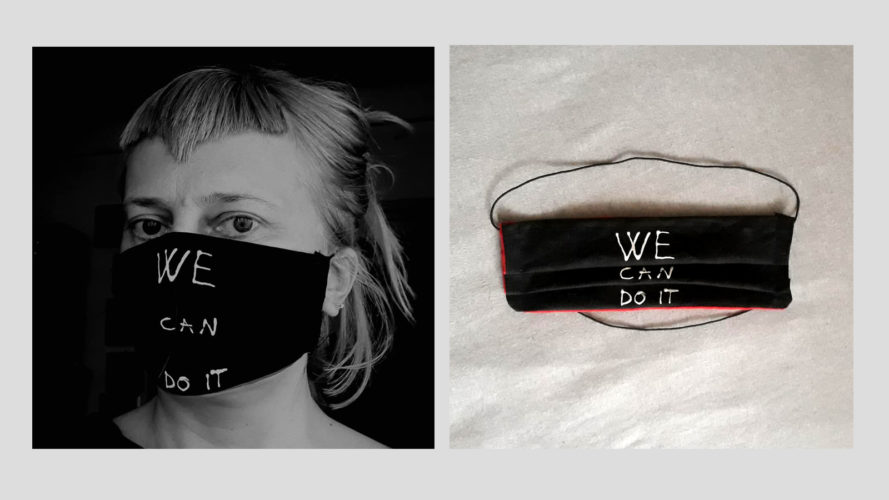
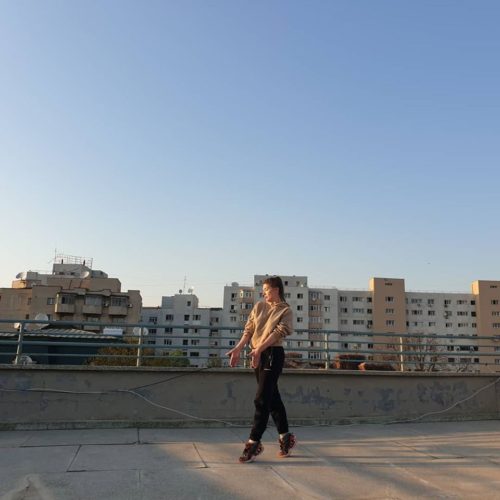
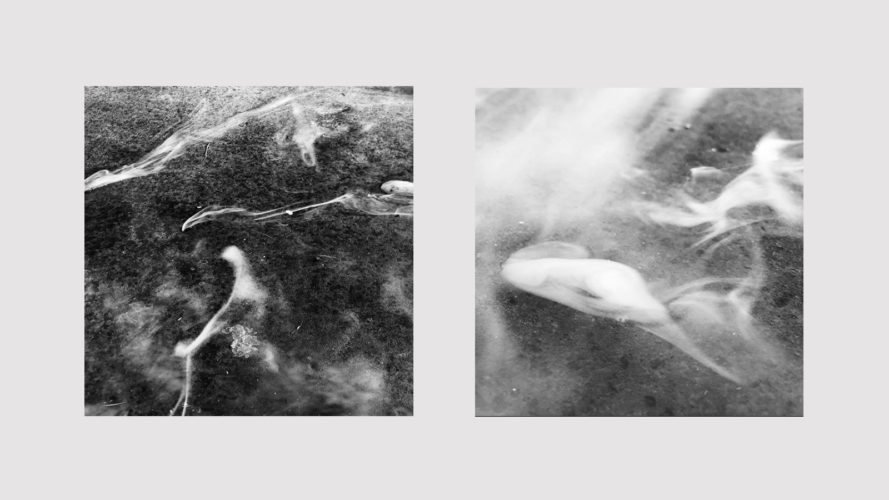
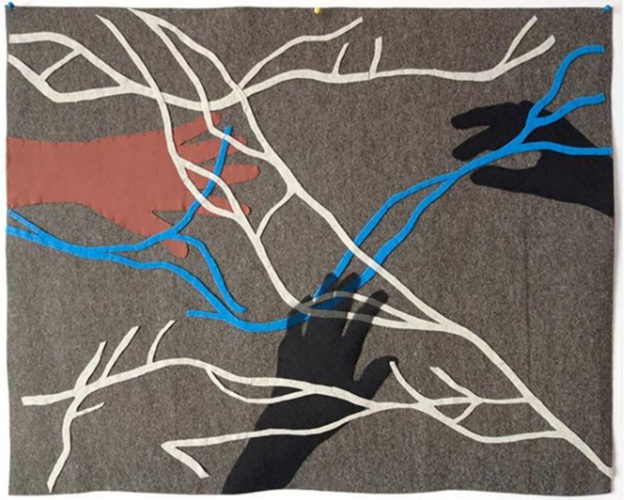
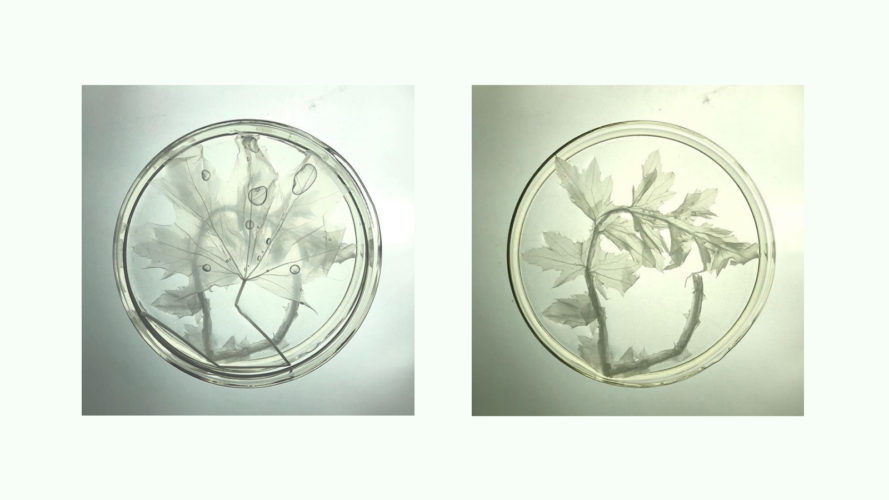
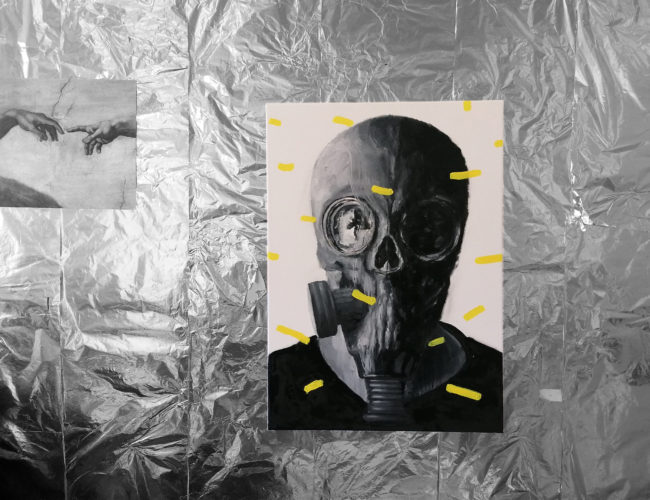
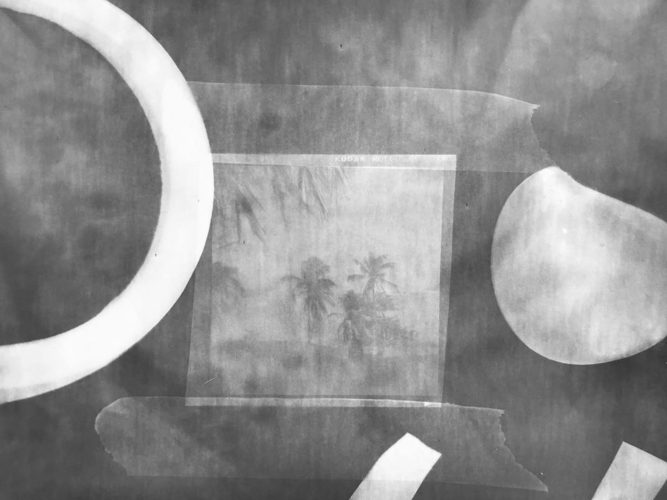
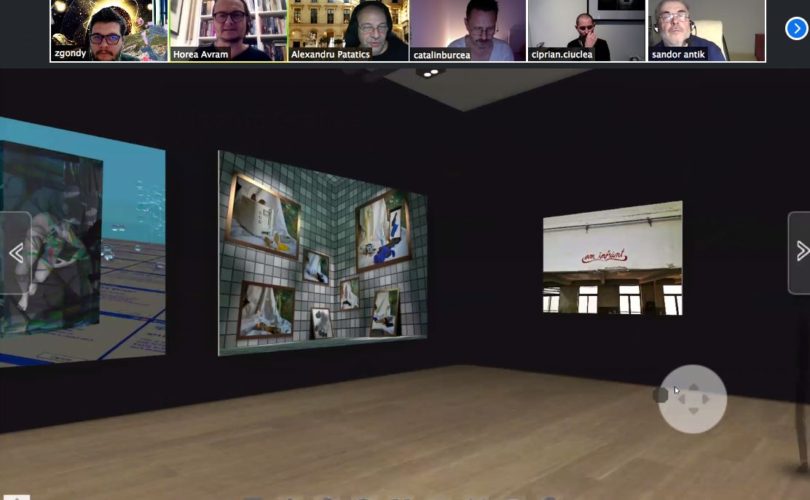
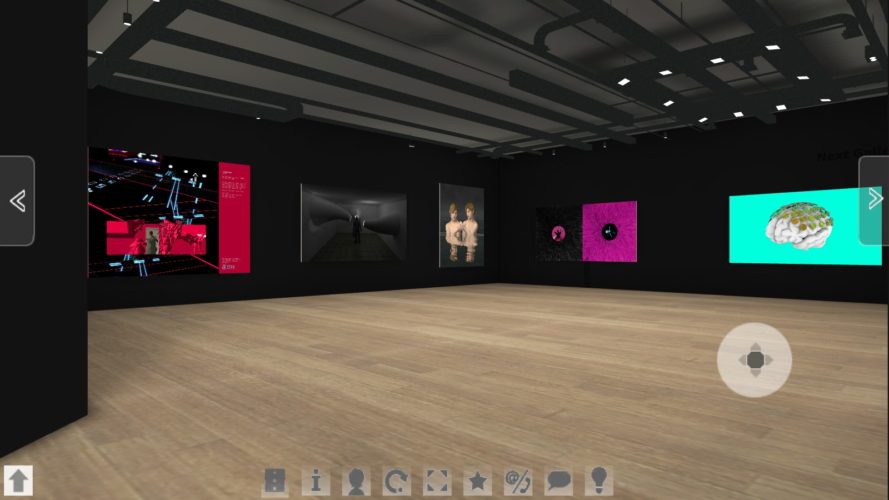
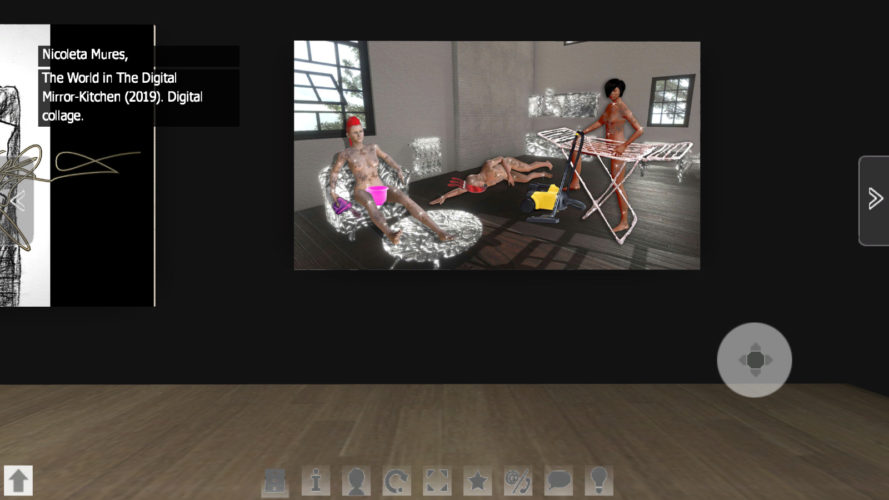
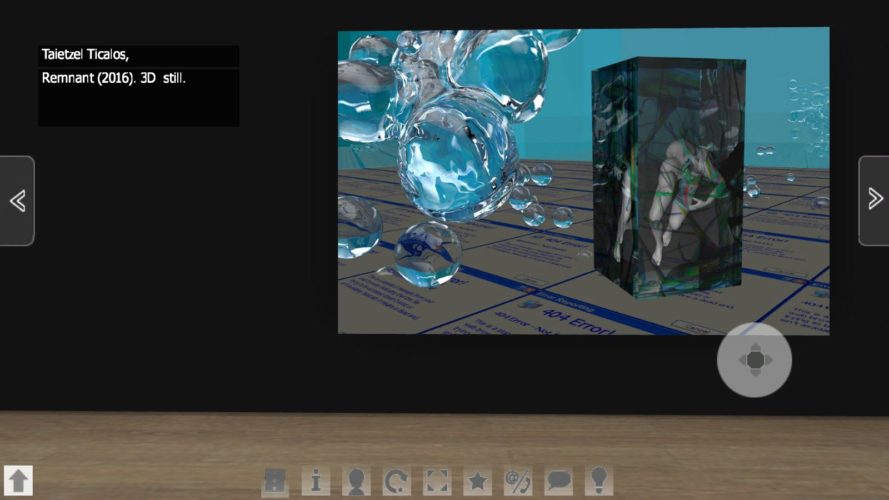
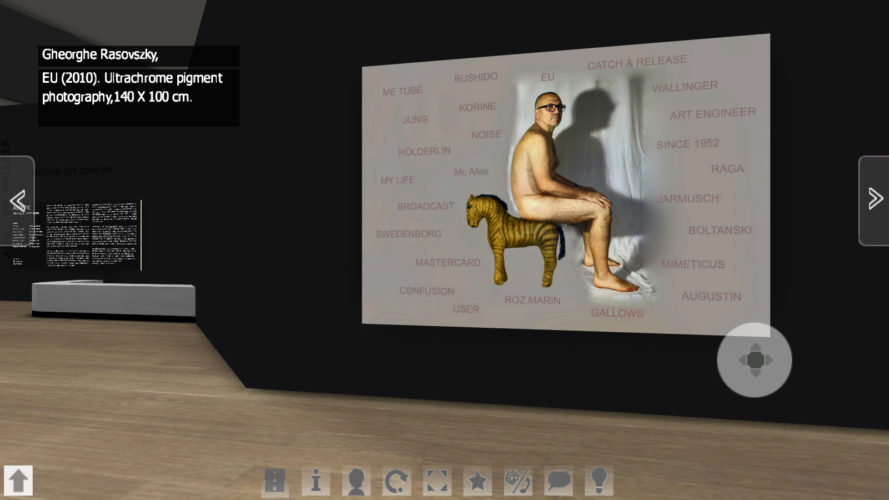
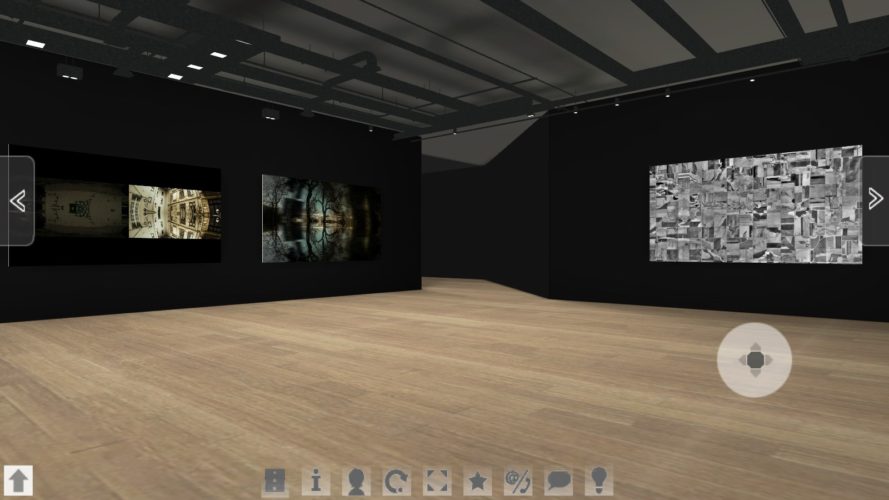
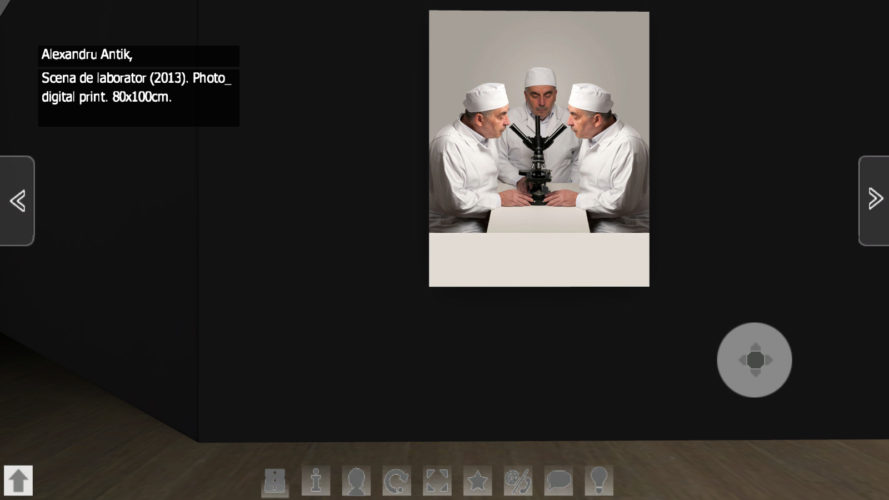
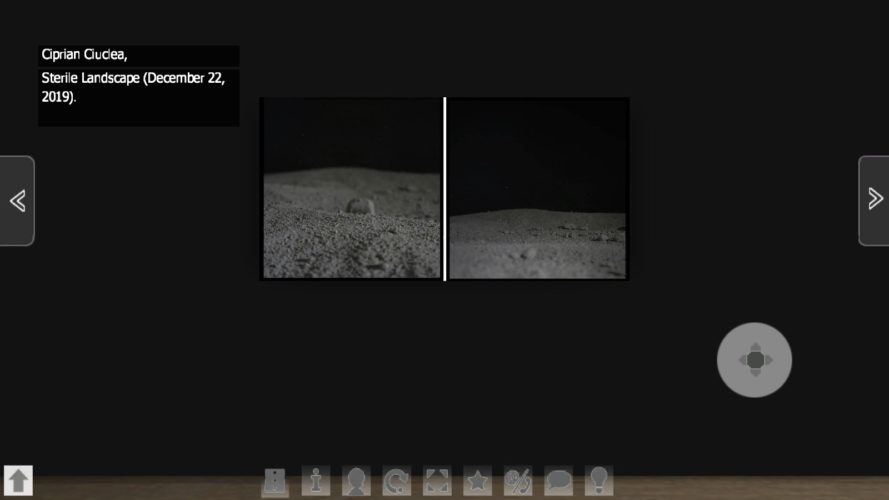
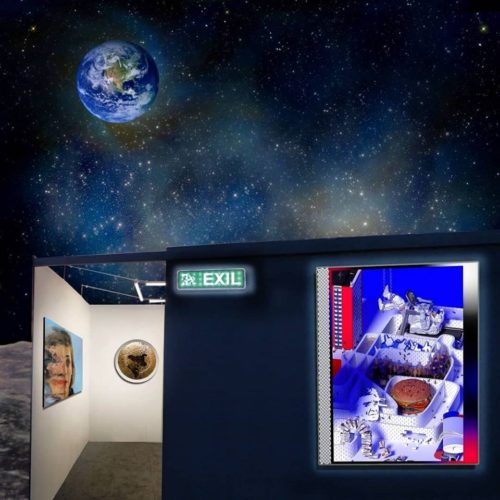
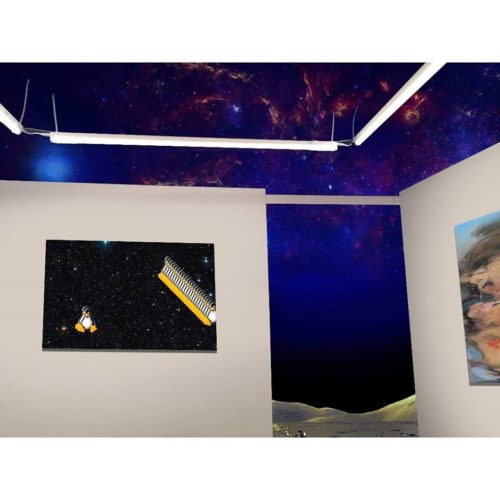
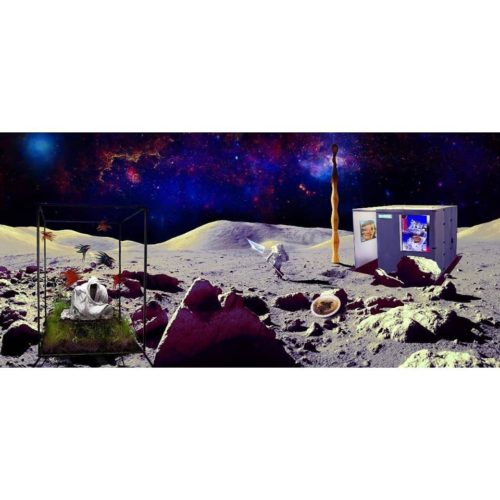
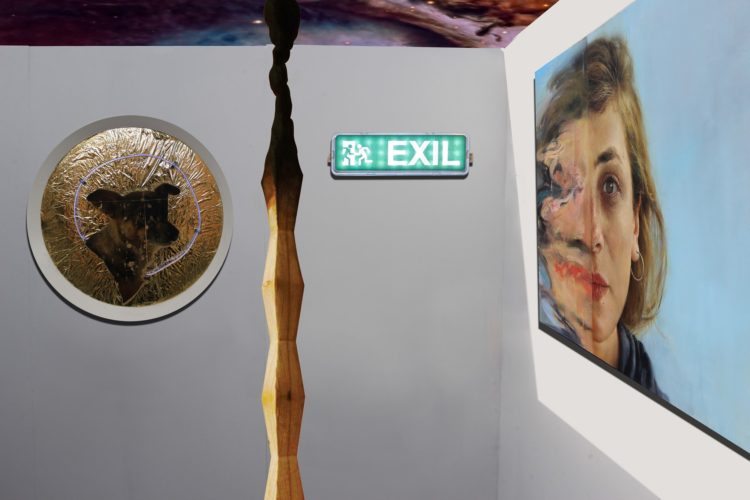
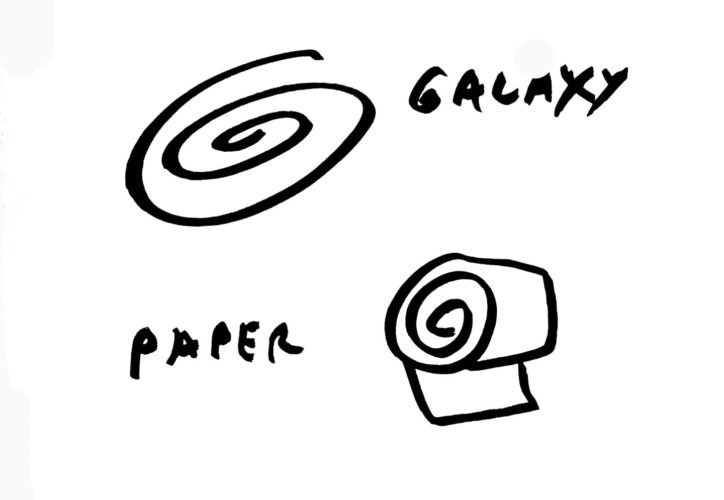
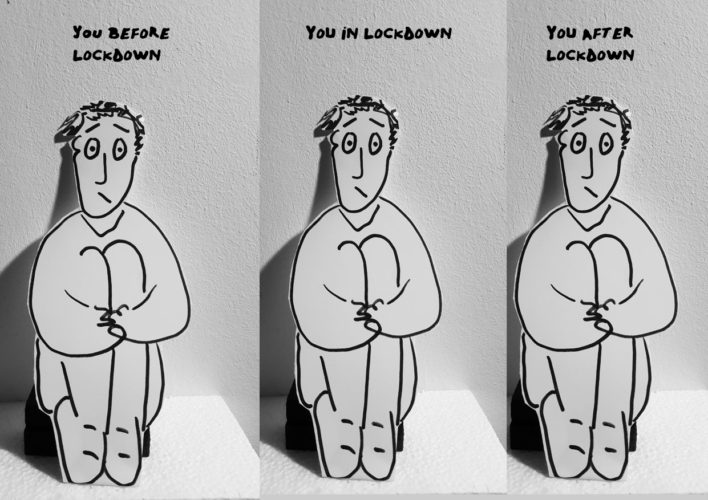
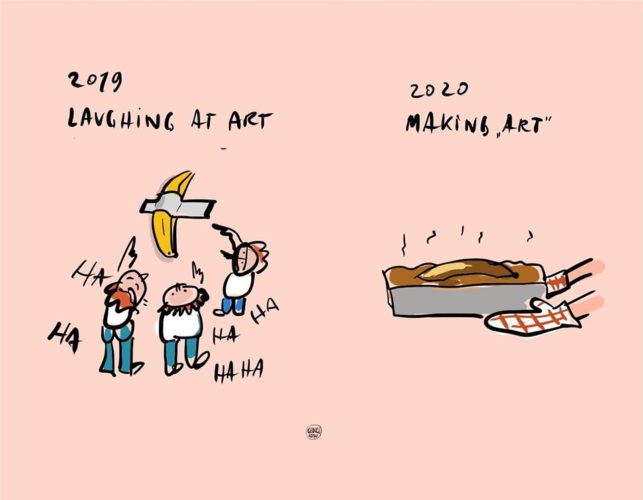

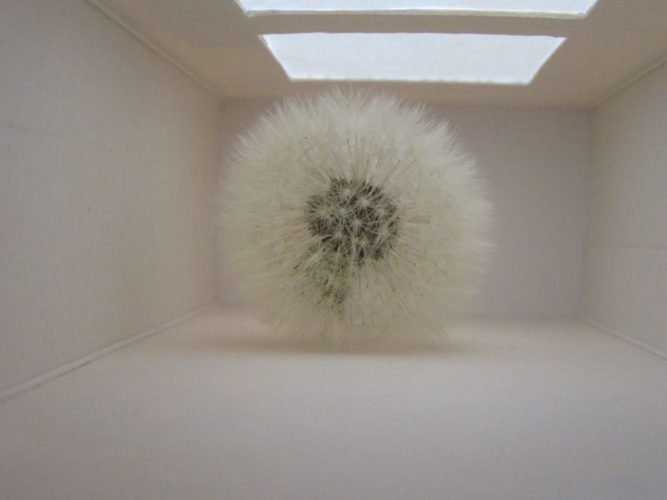
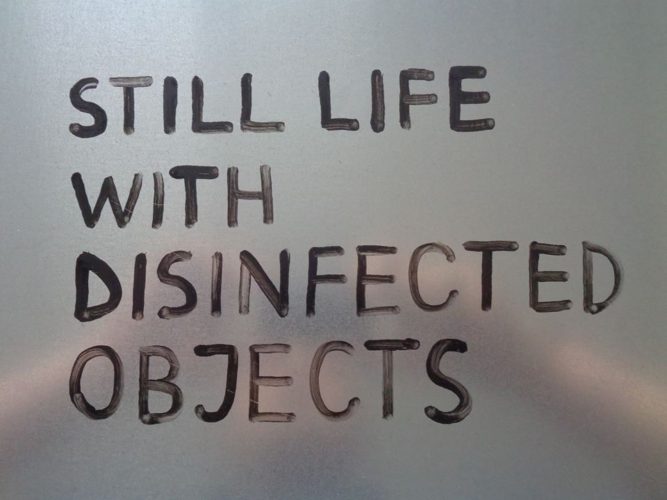
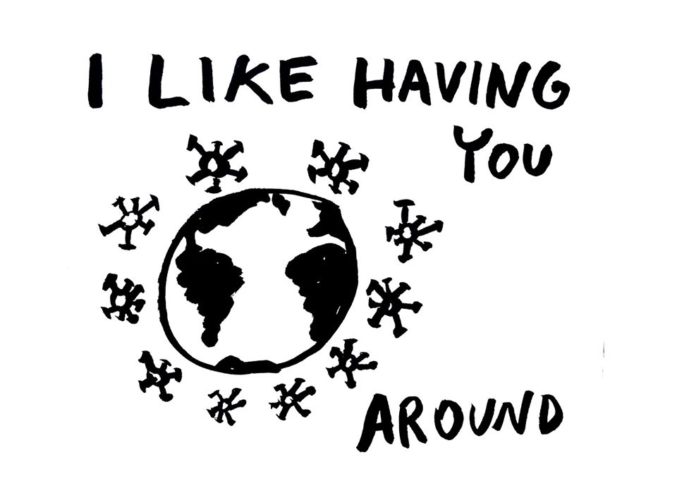
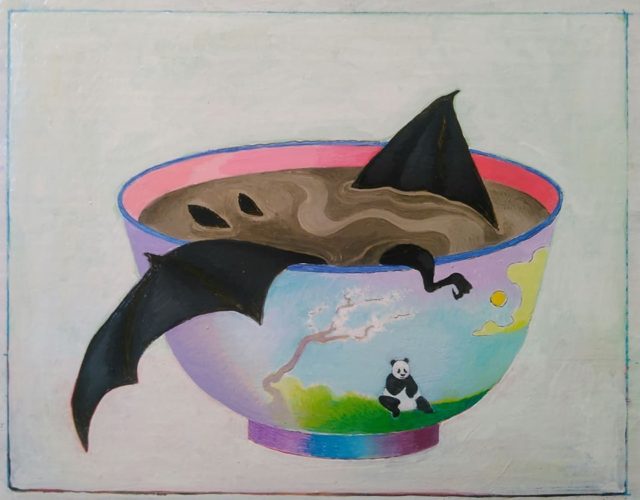
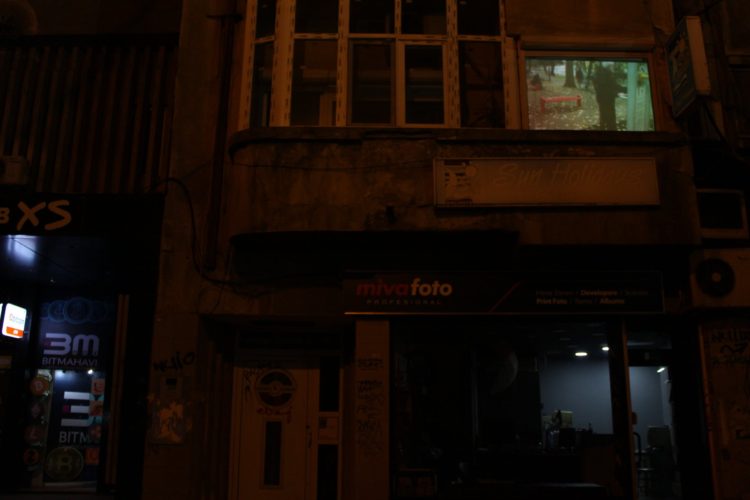
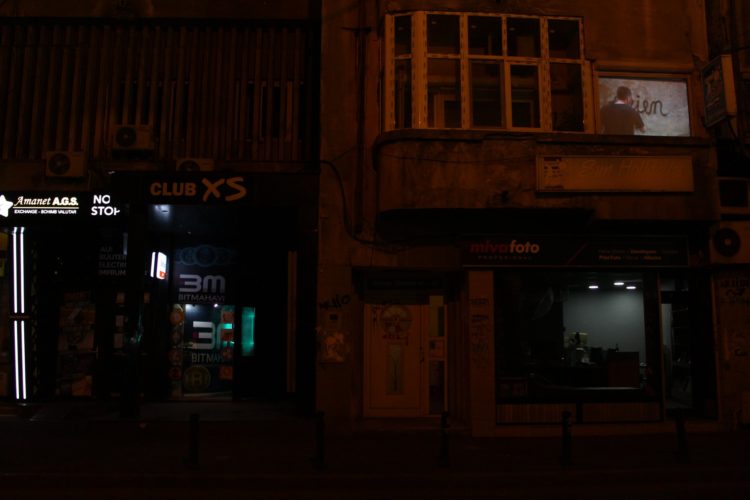
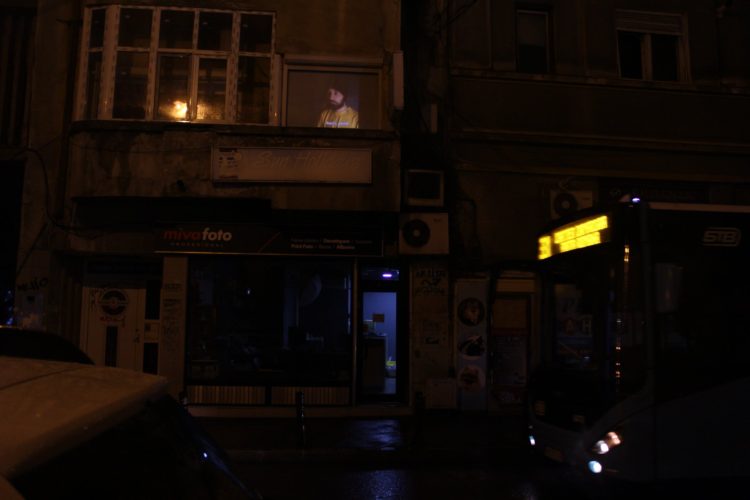
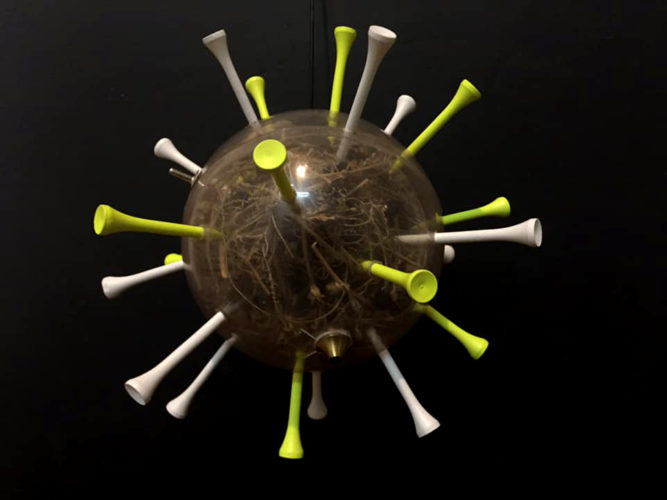
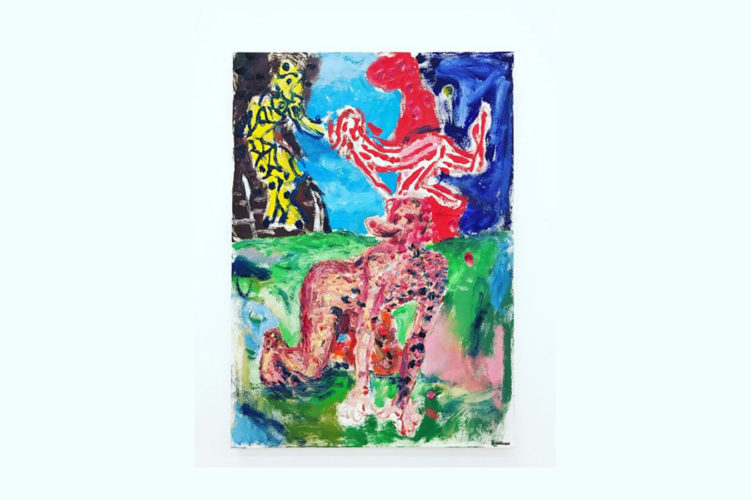
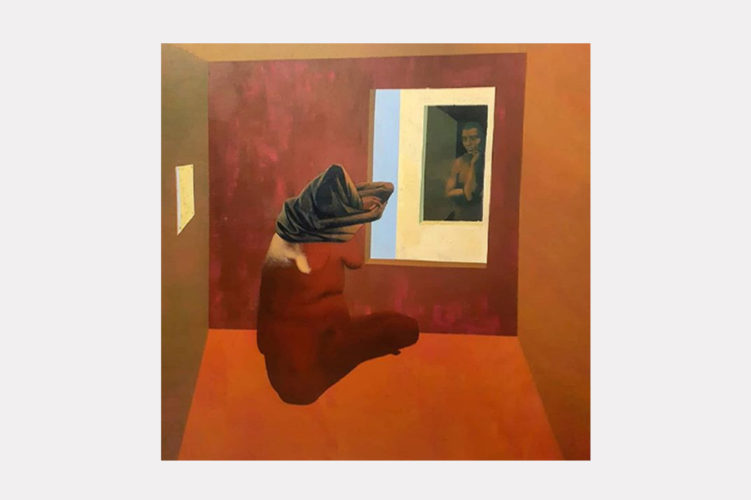
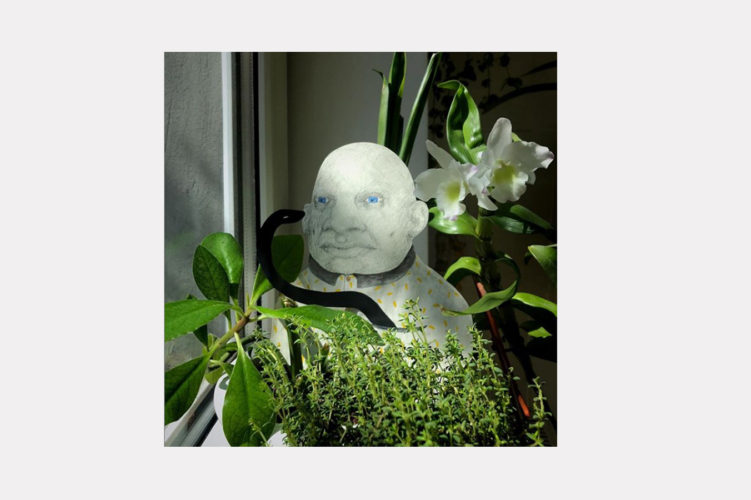
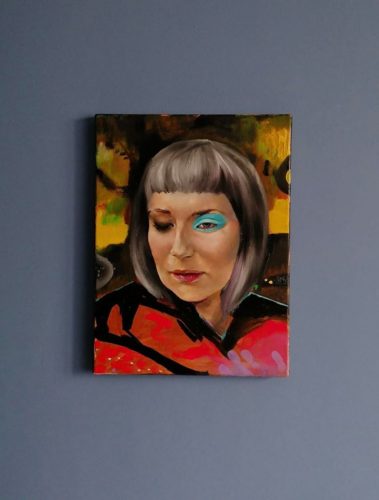
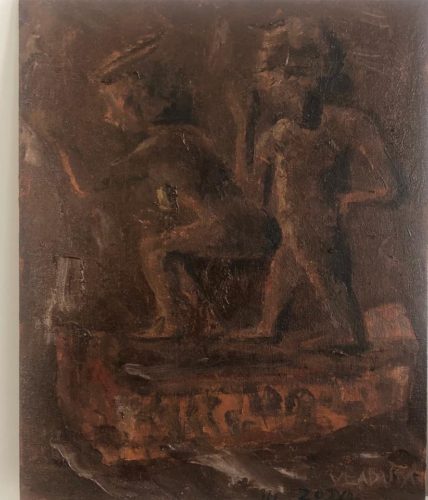
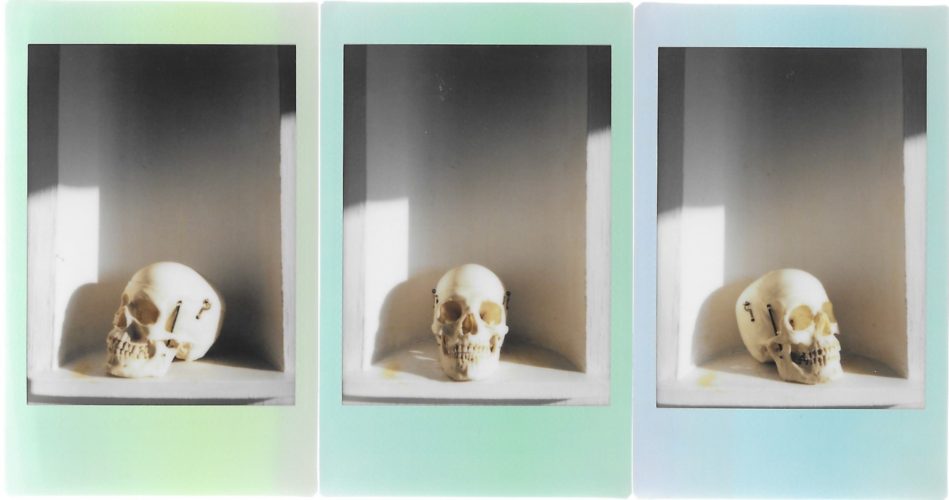
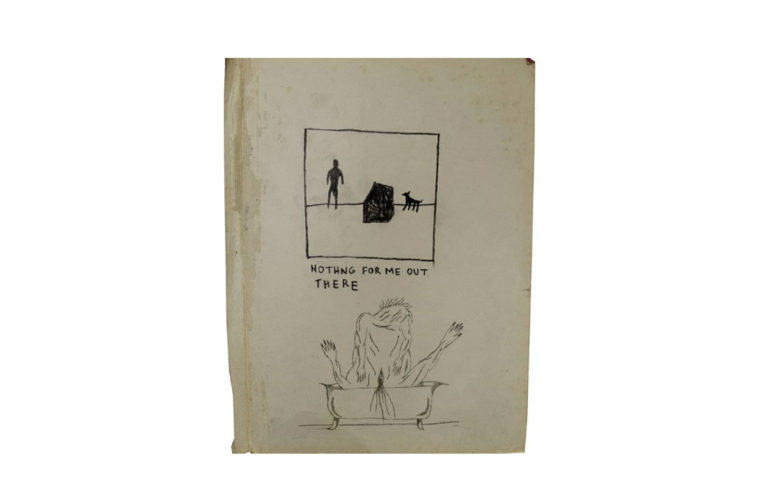
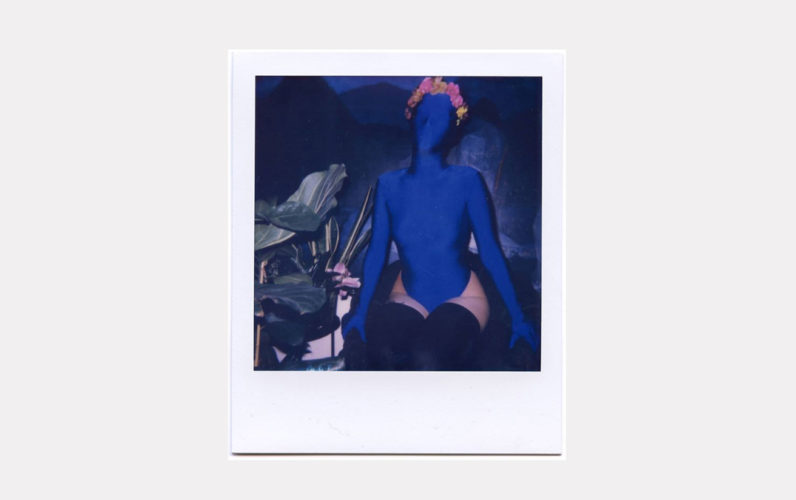
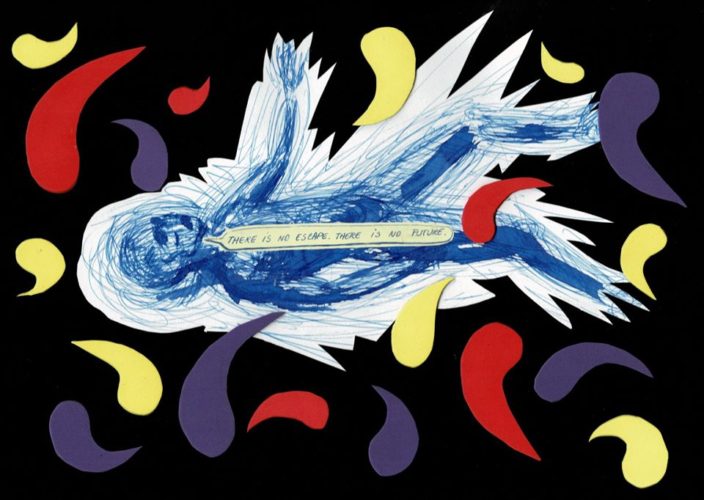
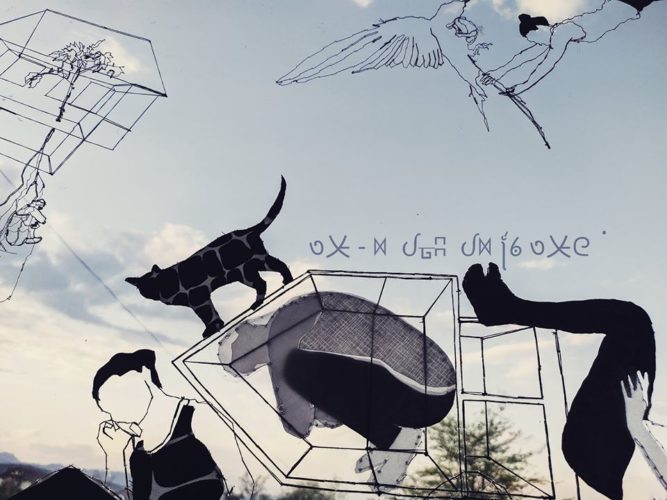
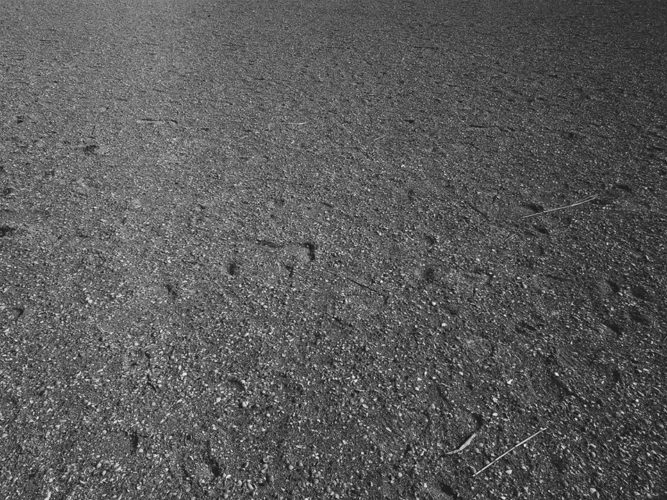
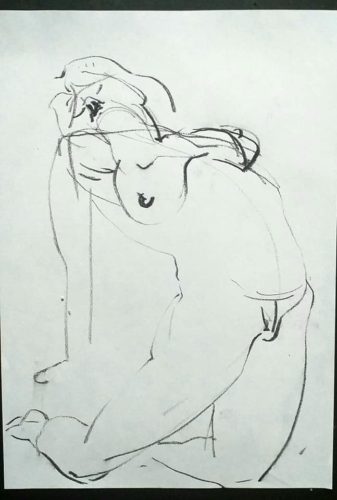
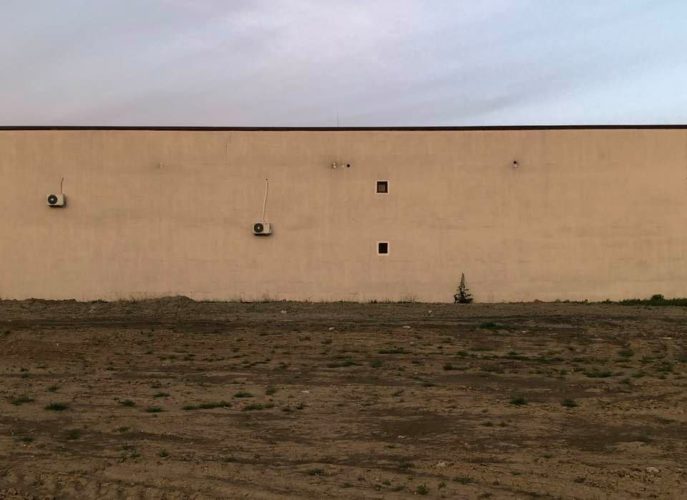
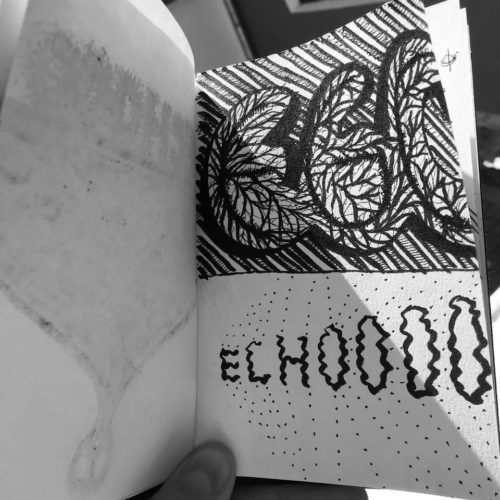
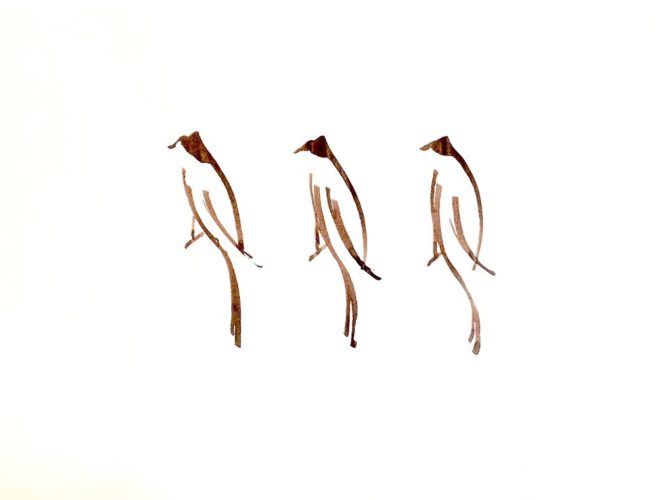
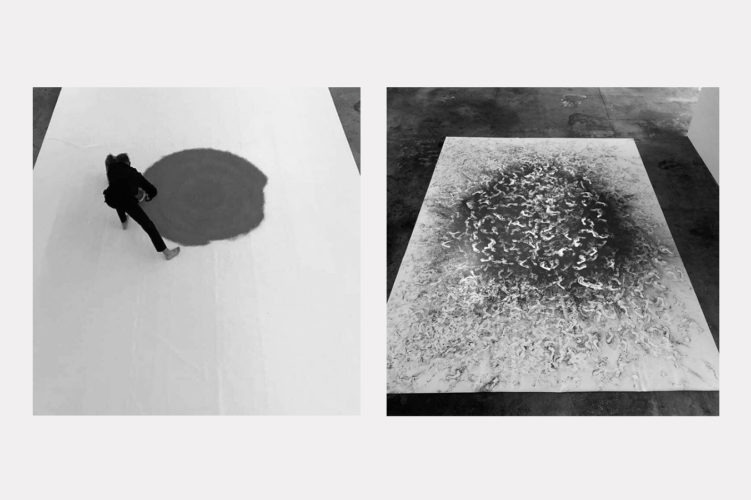
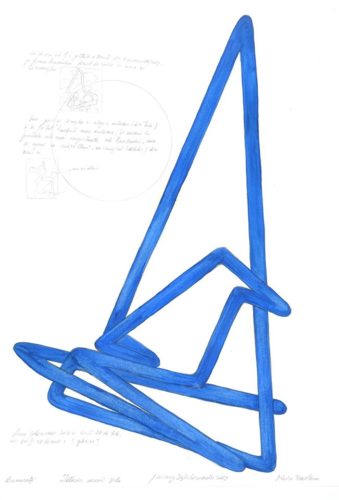
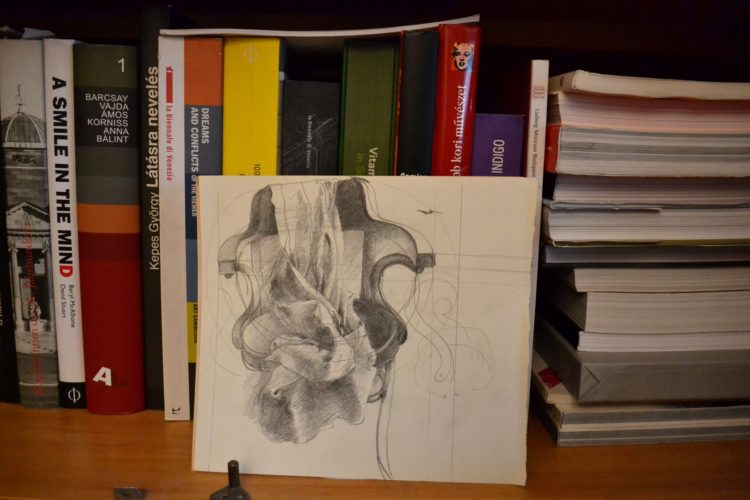
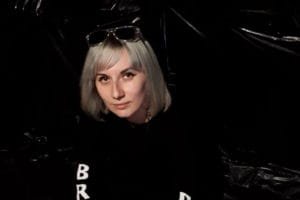
Comments are closed here.